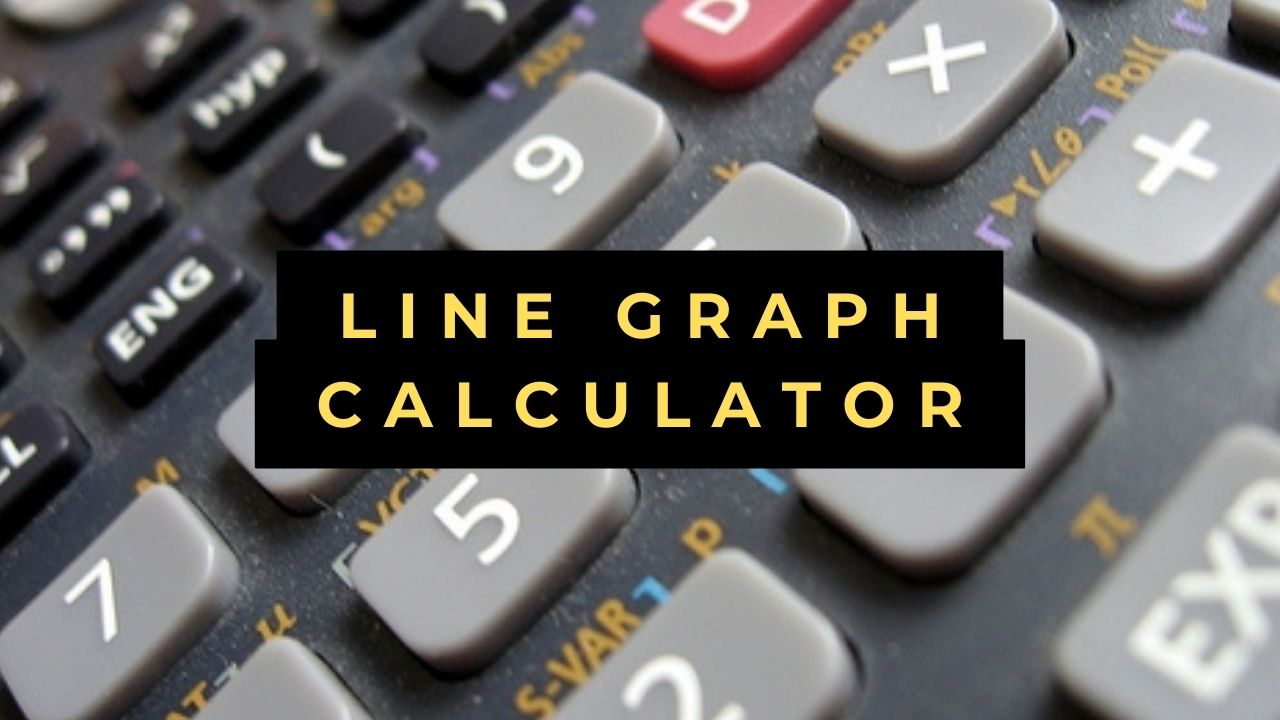Line Graph Calculator
- Like Fractions Calculator
- Length Conversion Calculator
- Least Common Denominator Calculator
- Lcm Calculator For 4 Numbers
Line Graph Calculator with Steps
Effortlessly create line graphs with the Line Graph Calculator. Learn how to represent data visually and interpret trends accurately. Simplify your data visualization today!
Line Graph Calculator
Welcome to our comprehensive guide on creating line graphs using the Line Graph Calculator. Line graphs are powerful tools for visualizing data trends and patterns over time or across categories. In this article, we'll explore the concept of line graphs, their significance, and demonstrate how to use our calculator to generate them effortlessly.
Understanding Line Graph Calculator
A line graph is a type of chart that displays data points connected by straight line segments. It is commonly used to illustrate trends or changes in data over time, making it ideal for representing continuous data sets. Line graphs consist of two axes: the horizontal axis (x-axis) represents the independent variable, while the vertical axis (y-axis) represents the dependent variable.
Importance of Visual Representation
Visual representation of data is essential for understanding and communicating complex information effectively. Line graphs provide a clear and concise way to visualize trends, patterns, and relationships within data sets, enabling analysts and decision-makers to make informed interpretations and decisions based on the information presented.
How the Line Graph Calculator Works
The Line Graph Calculator simplifies the process of creating line graphs by providing a user-friendly interface for inputting data points and generating graphical representations. Users can input the values for the independent and dependent variables into the designated fields, and the calculator will plot the data points and connect them with lines automatically, producing a visually appealing line graph.
Step-by-Step Guide to Using the Line Graph Calculator
- Enter Data Points: Input the values for the independent and dependent variables into the designated fields.
- Click Generate Graph: Initiate the graph generation process by clicking the generate graph button.
- View Line Graph: Instantly receive the line graph representing the inputted data points.
Practical Applications
Line graphs find application in various real-world scenarios, including finance, economics, science, and social sciences. Whether you're tracking stock prices, analyzing temperature trends, or monitoring population growth, line graphs provide valuable insights into the patterns and dynamics of the data being studied.
Advantages of Using the Line Graph Calculator
- Simplicity: Provides an intuitive and straightforward method for creating line graphs without the need for specialized software or expertise.
- Accuracy: Generates precise graphical representations of data points, ensuring fidelity to the original data.
- Interactivity: Allows users to interact with the graph, zooming in, panning, and exploring data points for deeper insights.
Common Errors to Avoid
When using the Line Graph Calculator, users should be mindful of common errors that can affect the accuracy and interpretation of the generated graphs:
- Incorrect Data Entry: Double-check the inputted data points to ensure accuracy in plotting the graph.
- Misleading Scaling: Pay attention to the scaling of the axes to avoid distorting the visual representation of the data.
- Overcrowded Graphs: Avoid overcrowding the graph with too many data points, which can obscure trends and patterns.
Tips for Effective Visualization
To optimize the effectiveness of line graphs for data visualization, consider the following tips:
- Choose Appropriate Axes: Select suitable scales for the axes to ensure clarity and readability of the graph.
- Label Axes and Data Points: Provide clear labels and titles for the axes and data points to enhance understanding.
- Use Colors and Symbols: Utilize colors and symbols to distinguish between multiple data series or highlight key trends.
FAQs
Q: Can the Line Graph Calculator plot multiple data series on the same graph?
Yes, the calculator supports the plotting of multiple data series on the same graph, allowing for comparative analysis.
Q: Is the Line Graph Calculator suitable for educational purposes?
Absolutely! The calculator is an excellent educational tool for teaching and learning about data visualization and interpretation.
Q: Can I access the Line Graph Calculator on mobile devices?
Yes, the calculator is compatible with both desktop and mobile platforms, ensuring accessibility on the go.
Q: Does the calculator provide customization options for graph appearance?
While the calculator offers basic customization options, users can further customize the appearance of the graph using specialized software or tools.
Q: Are there any fees associated with using the Line Graph Calculator?
No, the calculator is free to use and requires no subscription or payment.
Q: Can I trust the accuracy of the line graphs generated by the calculator?
Absolutely! The calculator employs robust algorithms to ensure precise and reliable graph generation based on the inputted data points.
Conclusion
In conclusion, line graphs are valuable tools for visualizing data trends and patterns, enabling analysts and decision-makers to gain insights and make informed decisions. The Line Graph Calculator simplifies the process of creating line graphs, offering efficiency, accuracy, and interactivity. By following the guidelines outlined in this article, you can confidently harness the power of line graphs for data visualization and analysis.

